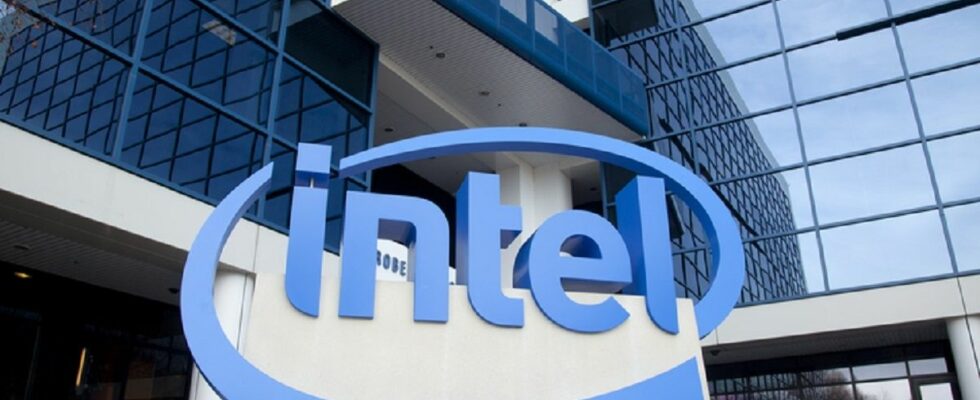Altera, the company specializing in programmable semiconductors (FPGA) that Intel acquired in 2015 for $16.7 billion, will become a subsidiary of the processor giant. A first public sale offer is expected in two or three years.
“Altera will continue to provide FPGA design assets to Intel as part of the former Programmable Solutions Group,” said Altera CEO Sandra Rivera, who was appointed last year.
The FPGA, or field-programmable gate array, is an integrated circuit that can be subsequently configured after manufacturing.
Intel bought Altera in 2015, but fell short against AMD
Altera was founded in 1983, and has over 40 years of experience in FPGAs. When the acquisition was completed in 2015, Intel said it would “help introduce new products to the growing data center and Internet of Things (IoT) markets.”
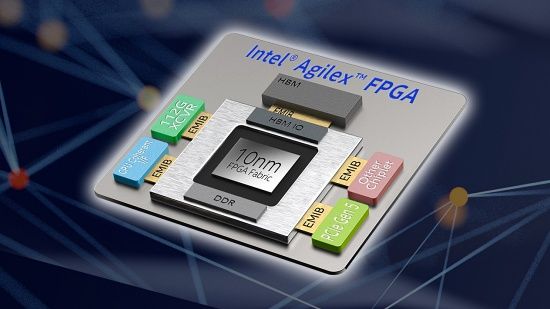
Since 2016, Intel has marketed the Agilent family of FPGAs as part of its Programmable Solutions Group (PSG), with the Altera business unit now part of PSG. However, the market share of Intel FPGAs is stagnating at 30%, compared to 50% for market leader Xilinx (acquired by AMD).
“Intel has focused on high-performance FPGA products, but market conditions have changed over the past decade and demand for mid- and entry-level products is increasing. There is also demand growth for machine learning and AI on FPGAs” explains Sandra Rivera on this point.
Intel spins off Altera to cut costs…and leverage intellectual property
In addition, Intel is getting rid of its non-essential activities and reducing its costs as part of its IDM 2.0 strategy under the leadership of Pat Gelsinger, who will return to head the company in 2021. The company intends to save up to 10 billion dollars with this plan by next year.
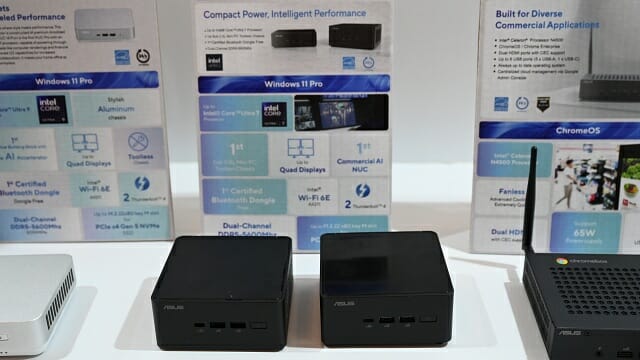
As part of this strategy, last year the company stopped developing network products and sold its server, mini-PC (NUC) and optical transmission connector businesses one after the other. The destiny of Altera is partially part of this dynamic.
But FPGA technology remains essential for the manufacturing of server processors and the “Intel Foundry” project which has just been launched. For example, if a customer wants to make a system-on-chip (SoC) for a telco carrier base station that combines an x86 processor with networking functions, they have no choice but to rely on Altera technology.
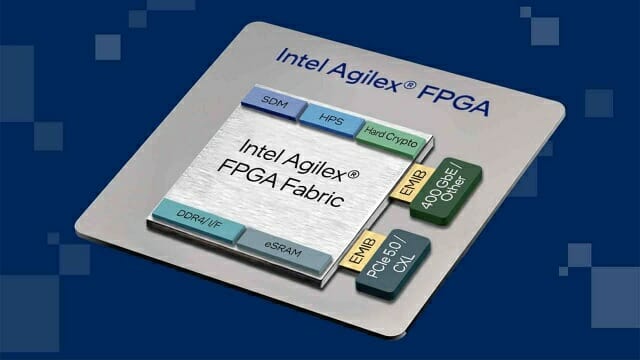
Ultimately, Intel appears to have decided that a spinoff of its FPGA business would be ideal to reduce costs and leverage Altera’s existing intellectual property.
“The spin-off of Altera will allow us to leverage Intel’s semiconductor intellectual property and make faster decisions based on market conditions,” Sandra Rivera said. “We will be able to collaborate with Intel and with Intel’s competitors, while maintaining our independence.”
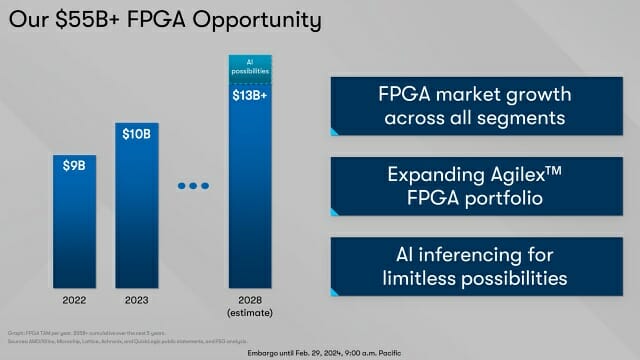
AMD’s revenge
“The global FPGA market is expected to reach $55 billion over the next few years, driven by demand for AI, with a CAGR of 8% through 2028,” said Sandra Rivera.
AMD, for its part, has worked to integrate the Xilinx acquisition into its existing processors, launching new processors that integrate FPGAs. Embedded+, launched earlier this month, combines Ryzen processors with Versal adaptive systems-on-a-chip (SoC).
Sandra Rivera has a different approach. “What was once a single-chip semiconductor structure is now evolving into chipset and tile structures, and heterogeneous semiconductor bonding technology, Universal Chiplet Interconnect Express (UCIe), enables a wide variety of implementations “It is more important to pay attention to the implementation of a single chip.”
The Mobileye model
Asked about the possibility of using an external foundry such as TSMC or Samsung Electronics instead of an Intel foundry, she said: “Altera always has the option to choose an external foundry. We do not need to change the design products that already use Intel foundries or external foundries.
Intel is therefore in the process of separating Altera from Intel, in the form of a subsidiary. “We are separating human resources, legal services, IT this year, and we will operate as a separate company next year,” Sandra Rivera said.
Like Mobileye, which re-listed on Nasdaq in October 2022 after operating as an internal business unit following its acquisition in 2017, Intel plans to re-list Altera on Nasdaq. “We have a lot of interest from investors and we are looking at a new listing within three years,” Sandra Rivera said.
Source: “ZDNet Korea”
